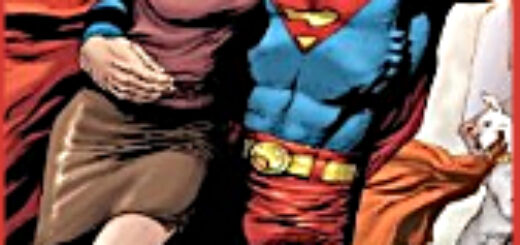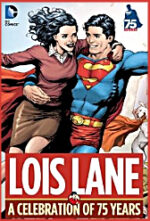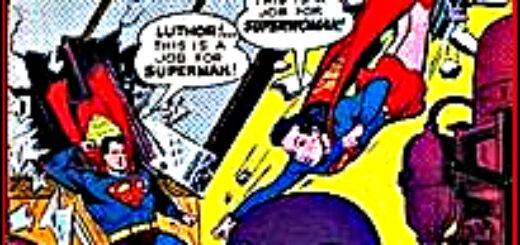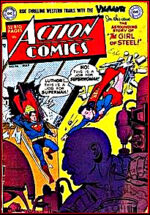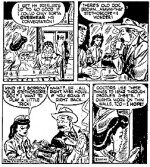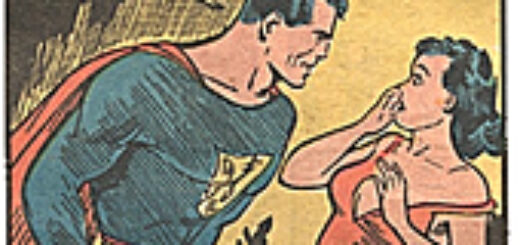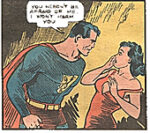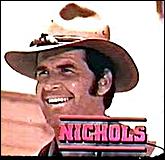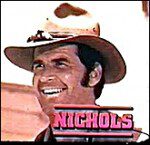Martha Thomases: Wonder Woman, Goddess of What?
Hera help me, but I think I have to write about Wonder Woman again.
I know, I know. I already wrote about the new team of Marilyn and David Finch in which I said “She is supposed to be strong and independent and a peaceful warrior, not armored eye candy.”
The second issue wasn’t much better. It involved a rather convoluted effort to (re)create the original, Donna Troy Wonder Girl, but in a way that made her grim and gritty and probably the pawn of an evil, power-hungry crone. As a power-hungry crone who doesn’t like to think of herself as evil, I found this to be a personally distasteful plot development.
Still, I recognize that I don’t represent a significant part of the audience, so I thought I’d give it one more try. Open-minded… that’s what I am.
By the first page of issue #38 (current run), I knew this would be my last issue.
If you haven’t read the story, Diana is not only Wonder Woman but the new God of War as well, so there are lots and lots of battle scenes. The story opens on Themyscira, where the Amazon army fights a big, bad monster.
With bare midriffs.
Not the monster. It is, I presume, naked, but covered in scales and shadows. Most of the Amazons, however, leave their bare skin fully exposed. They might have metal bras, and possibly metal thongs to protect their sexy bits, but otherwise, they are naked. It also seems that the higher one’s military rank, the more clothing one is entitled to wear. No one, however, gets to have any protection on her thighs.
Am I supposed to believe that this is what a warrior society does when faced with danger?
It’s not even lazy. It would take nothing more than a different choice by the colorist (and/or whomever supervises the colorist) to make a bare torso look as if it were covered with armor. I have to believe that someone thought it was titillating for the Amazon cannon fodder to be semi-nude.
There are other ridiculous and incoherent parts to the story. Diana is haunted by nightmares and wakes up in a bed with bloody sheets. Every woman on this planet who is lucky enough to sleep on sheets has had this experience. I would imagine that writer Meredith Finch has had this experience. However, rather than being something normal, an event that requires nothing more than a trip to the bathroom for a tampon (or its Amazon equivalent), it’s presented as being a Portent of Things To Come. I find this almost as difficult to believe as bare-belly fighting.
Later in the story, a female television news reporter is doing a story from Peru. Her head is covered as it would be if she was a Muslim woman, or a Catholic woman in a church. She could be Muslim and this is an attempt to bring in more diversity to the landscape of the DC Universe. If that’s the case, it is haphazard. Perhaps I’m over-reacting, but it took me out of the story.
Especially since I thought the reporter was Lois Lane. And then I realized I thought that because she was a female reporter with dark hair, and other than that, looked like every other female character in the story. Why is Lois Lane there? If it isn’t Lois, what’s the news agency? How did they find out about the big, superhero emergency?
I don’t think I’ll ever find out, because I don’t intend to buy any more issues by this particular creative team. Please tell me if it ever gets any better.











